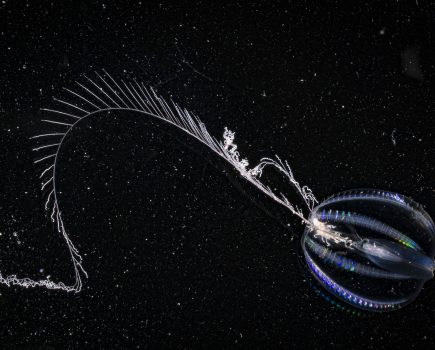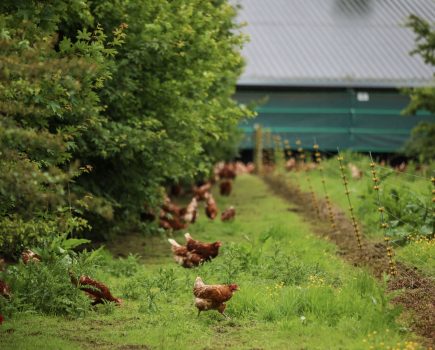Whether making hay or silage, the optimum stage of growth for cutting is generally when the grass is just beginning to come into flower, but before it has had a chance to be pollinated and set seed. If the crop is mown earlier than this then the nutritional quality may be higher (due to the greater proportion of young leafy material), but the yield will be low. Crops mown after the optimum growth stage may have a greater bulk, but the nutritional content will be significantly reduced. The majority of grass growth occurs during the months of May and June, with improved pastures usually reaching a mowable stage during the second half of the latter month. More traditional swards, managed under a lower input regime, might not be ready until some time in early July. Where two cuts are being taken, the first would have to be during the first half of June (ideally in the first week), with the second some 6-8 weeks later. From about the middle of August haymaking becomes increasingly difficult, due to reducing day length and heavy dews, although I’ve known hay to be made right through September, and even at the beginning of October. I doubt that the quality was up to much, though!
Hay can be cut using a scythe or a brushcutter, although this really only applies to very small areas. It can be quite useful to make some rough hay in out-of-the-way places such as the orchard, or the lawn when it gets too long, and mowing by hand is just the thing in these confined spaces. However, if you’re seriously intending to make all of the hay (or silage) that you need then this is going to require a greater degree of mechanisation.
Most of the mowers that are of suitable dimensions for the smaller scale producer are ‘power take-off’ (PTO) driven, and mount on the 3-point linkage of your tractor, with the cutter bar offset horizontally to the right when in work. For transport, the cutter bar either raises to a vertical position, or swings out behind in line with the tractor.
For advice on Bailing, Tedding and mowing see our July issue.






